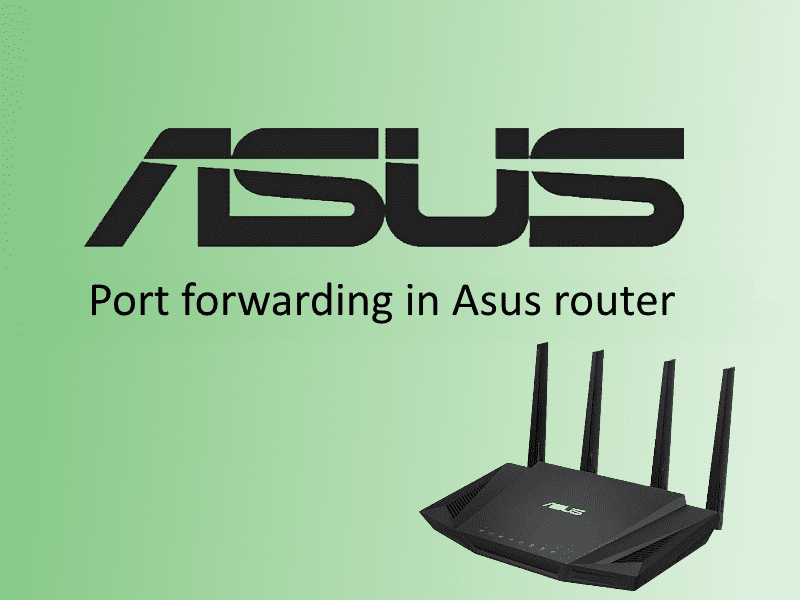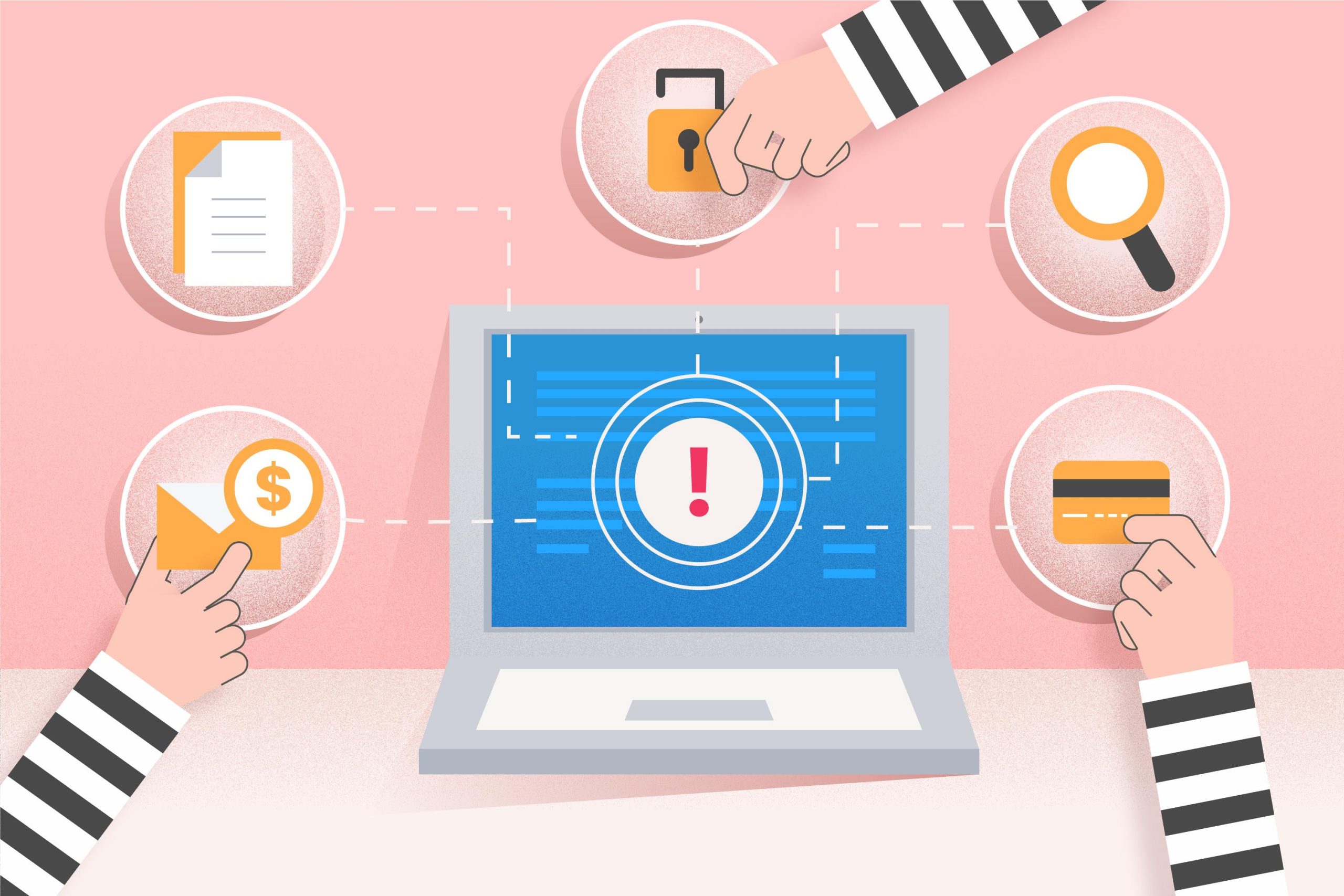
E-commerce is a field of constant competition between strategies, advertising moves, interface solutions, and user experience. While some are testing new product presentation formats, others are already launching promotions, changing their product range, and adapting their content for SEO. In such conditions, competitor analysis in e-commerce is no longer an optional extra — it is a systematic element of survival.
In this article, we will examine why e-commerce projects should invest time, resources, and competitive analysis. We will also look at which tools for e-commerce work most effectively and why proxy solutions are now indispensable.
Why does an e-commerce project need competitive analysis?
Modern online businesses operate in a highly competitive environment with rapidly changing trends. To make informed decisions and stay competitive, you need to regularly monitor the actions of other players in the market.
What are the benefits of competitor analysis?
Regular and in-depth analysis allows you to understand what others are doing and find weak points in your own decisions. You can determine:
- How often competitors update their prices.
- What promotions are launched during the season and off-season.
- How the product matrix changes.
- Which categories receive the most promotion.
- How content is adapted for SEO and mobile search results.
This approach allows you to quickly respond to trends, implement new mechanics, and most importantly, not be caught off guard. That is why competitor analysis in e-commerce is a regular business process.
When it is especially important to monitor competitors
There are times when monitoring is especially important:
- Before launching a new product or category — to understand how the product is presented by competitors, at what price, and with what USPs.
- During seasonal promotions — Black Friday, New Year, sales. Who starts earlier, how are the banners designed, what triggers are used?
- When sales or traffic drop — perhaps competitors have increased advertising or redesigned their landing pages.
- When there are changes in the product range — if one of the players removes or adds a product, this may signal a change in demand.
By tracking such changes, you can develop a proactive strategy. And if you add a technical layer — proxy solutions, analytics and automation tools — you can create a robust competitive intelligence system that works in the background 24/7.
Key elements of a competitive analysis system
To prevent the creation of a competitive analysis system from turning into a chaotic collection of screenshots and random observations, it is important to build a clear structure. Modern competitive intelligence in e-commerce is a multi-layered monitoring system that covers several areas at once: pricing, marketing, content, and audience behavior.
Let’s look at three key components that are essential.
Collecting data on prices, product range, and promotions
This is the core of the analysis. If you don’t know what prices your competitors are selling similar products at, you’re playing blind. This includes:
- Monitoring product cards (names, characteristics, reviews).
- Tracking price tags and discounts.
- Comparing delivery and payment terms.
- Recording participation in sales and promotions.
You can only collect this data manually at the beginning. Further automation will be required: parsers, scripts, and mobile proxies for collecting competitive data to avoid being blocked or restricted by anti-bot systems. This is especially true if you monitor dozens of websites and updates occur daily.
Monitoring activity on websites and social networks
Competitors don’t just sell — they also communicate. Therefore, it is important to:
- Track changes on the home page, in categories, and on blogs.
- Keep an eye on email newsletters and push notifications.
- Analyze posts on Instagram, Facebook, Telegram, and YouTube.
Page monitoring services (such as Visualping or Hexowatch), paired with social media analytics (Publer, BuzzSumo, Brand24), allow you to build a map of your competitor’s communications: what they say, when, and how often. This is an important signal, especially when it comes to new product launches or repositioning.
Tracking competitors’ SEO and advertising
Another critical area is visibility in search engines and paid advertising campaigns. This requires specialized tools:
- SEO analysis: Ahrefs, Semrush, Serpstat — track competitors’ positions, keywords, content, and backlinks;
- Context and banners: SpyWords, AdSpy, WhatRunsWhere — help you see what ads are running, where, and to what audience;
- Remarketing: track creatives in Facebook Ads Library and Google Display.
All of this together forms a picture of how a competitor drives traffic, what hypotheses they are testing, and which channels they prioritize. If desired, you can even build a forecast based on their marketing strategy.
Competitor analysis tools for e-commerce
The modern e-commerce market does not forgive passivity. If you don’t know how your competitors are moving, you lose to them in speed. Fortunately, there is a whole arsenal of solutions that allow you to take your e-commerce competitor analysis to a professional level. From simple visual trackers to advanced SEO and traffic analyzers. Let’s take a look at the best competitor analysis services that you should include in your system.
SimilarWeb, SEMrush, Ahrefs
These platforms have long been the standard for competitive analytics at the traffic and search marketing level.
- SimilarWeb shows where your competitors’ traffic comes from, how long visitors stay on the site, and what channels they use to get there. It’s a great tool for evaluating your overall promotion strategy.
- SEMrush focuses on search campaigns, both organic and paid. Here you can see which keywords are bringing results, which ads are running, and how positions are changing over time.
- Ahrefs is a leader in link analysis and content strategy. You can see which pages are being linked to, who is promoting your competitors’ content, and which topics are working in their niche.
These three tools provide a strategic understanding of where and how competitors are building their online visibility. With the right settings, they can automate competitor analysis on a regular basis.
Serpstat, Screaming Frog, Visualping
The second tier consists of more technical and specialized, but no less useful tools.
- Serpstat — convenient for analyzing SEO positions, collecting semantics, and auditing pages. Great for small teams looking for a budget alternative to large systems.
- Screaming Frog — a desktop program for technical website auditing. It allows you to “walk through” the structure of competitors’ websites, identify errors, redirects, duplicates, etc.
- Visualping — one of the most popular visual monitoring tools. It takes screenshots of competitors’ pages and sends notifications when any changes are made. Ideal for tracking changes to banners, promotions, and new items on the home page.
It is the combination of these solutions that allows you to cover as many areas as possible — from SEO to user interface. And with the right automation, you get a daily overview of all key market movements.
Using proxies and anti-detection browsers
With the growth of the amount of data being analyzed and the frequency of requests, a problem arises: blocking, captchas, restrictions. This is especially true if you parse websites, use scripts, or collect information from advertising accounts.
This is where proxies for search engines and anti-detection browsers come into play:
- Mobile and resident proxies provide anonymity and IP address rotation, allowing you to collect information without the risk of being banned.
- Anti-detection browsers create isolated sessions and emulate the behavior of a real user.
This approach is especially important if you need to perform mass monitoring or automate competitor analysis across multiple regions and language versions of websites.
Automation of data collection and analysis
In the era of Big Data, it is not those who simply look at their competitors who win, but those who do so systematically and faster than others. For e-commerce projects, monitoring automation is a survival tool. When data is collected manually, it becomes outdated before the analysis is even complete. That is why systems for collecting data about competitors, in which scripts, parsers, and notifications play a key role, are growing in popularity.
Python scripts and parsers
If you’re wondering how to track competitors in e-commerce at a deep level, try automating the routine with Python.
Parsers on BeautifulSoup or Scrapy allow you to collect data on prices, assortment, product names, and descriptions from competitors’ websites.
Selenium or Playwright are used where user actions need to be simulated (e.g., open a page, click a button, browse a catalog).
Scripts can be run on a schedule (via cron or third-party platforms), saving data to tables or databases (e.g., Google Sheets, PostgreSQL, MongoDB).
This approach opens up a wide range of possibilities: you can track discounts, promotion start times, product availability dynamics, and even your competitor’s website response to different regions or IP addresses. Combined with mobile proxies and anti-detection environments, this turns into a scalable data collection system without the risk of being blocked.
Setting up regular notifications and reports
Automating collection is half the battle. The other half is responding quickly. To do this, use notification and reporting systems:
- Push and email notifications (via Telegram bots, Slack integrations, email) — notify you of changes in real time.
- Automatic report generation (e.g., in Excel, PDF, or Data Studio format) — helps you receive regular summaries without manual processing.
- Integration with BI systems (Power BI, Looker Studio) allows you to visualize trends and compare them with your positions.
This gives you a working competitive intelligence mechanism that saves time, identifies threats, and helps you find opportunities for growth.

How to avoid mistakes when analyzing competitors
Even the best competitor analysis tools for e-commerce won’t save you if you interpret the data incorrectly. Mistakes at the start can lead to strategic miscalculations. Below are two of the most common scenarios to avoid.
Incorrect data sources
One of the most common problems is using outdated or irrelevant sources. For example, if a parser collects information from a cached version of a page or from an inappropriate region, you risk analyzing a distorted picture. This is especially critical in niches with high price and assortment update rates.
Incorrect conclusions without segmentation
Analyzing everything at once means doing nothing. Without segmentation, you can draw false conclusions. For example, a price increase by a competitor may seem like a strategic decision, but in reality, it may be a reaction to a shortage in one of the regions.
The solution is to implement filtering based on the following indicators:
- regions and devices;
- product categories;
- brand levels;
- frequency of promotions.
Competitive intelligence in e-commerce requires not only numbers, but also logic. The more carefully you set up your segmentation system, the more accurate your conclusions will be.
Conclusions: where to start building a system
Creating a competitive analysis system is not a one-night project, but a strategic process. But you can start simple:
- Define your goal. For example: “Monitor the promotions of three key competitors every week.”
- Choose your tools. Use a combination of SimilarWeb, Serpstat, Visualping, and Python scripts.
- Set up data collection. Connect proxies, select sources, and check accuracy.
- Automate reports. Set up notifications and visualizations.
- Regularly test your hypotheses. Analysis is not a report for the sake of a report, but a step towards growth.
If you want to know how to track competitors in e-commerce not just “by eye” but systematically, start small but build on a solid foundation.
FAQ
What data should be collected for e-commerce competitor analysis?
Collect data on competitors’ prices, product range, promotions, SEO, traffic, reviews, and social media activity.
What tools automate competitive analysis?
Use SimilarWeb, SEMrush, Ahrefs, Serpstat, Visualping, Distill.io, as well as Python scripts for customized data collection.
Is it possible to analyze competitors without a budget?
Yes, you can use free tools such as Google Trends, Ubersuggest, Serpstat (limited), and open-source parsers on Python.
How often should you conduct competitive intelligence?
It is recommended to conduct analysis weekly (prices, promotions) and monthly (SEO, advertising), with notifications set up for operational changes.
How to use proxies in a competitor analysis system?
Use mobile and rotating proxies to bypass blocks and anti-detection browsers for anonymity and access from different regions.









